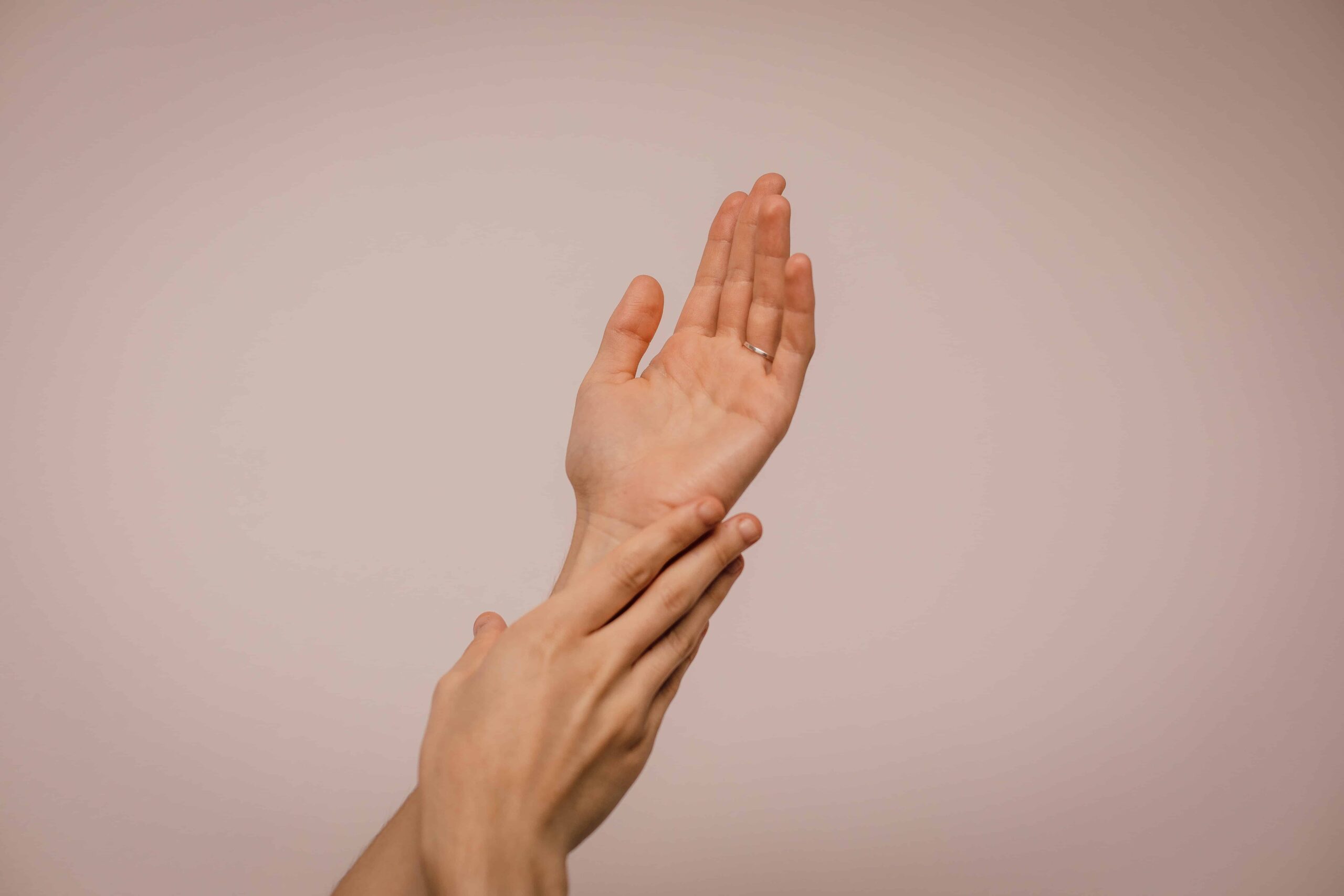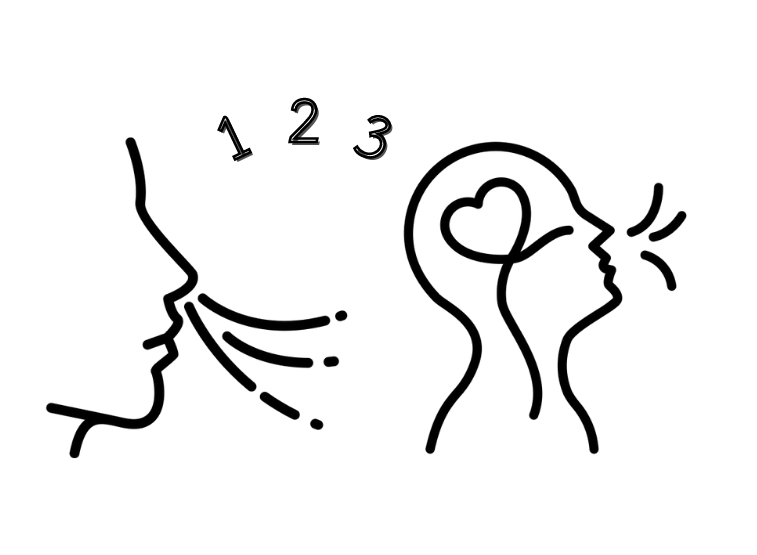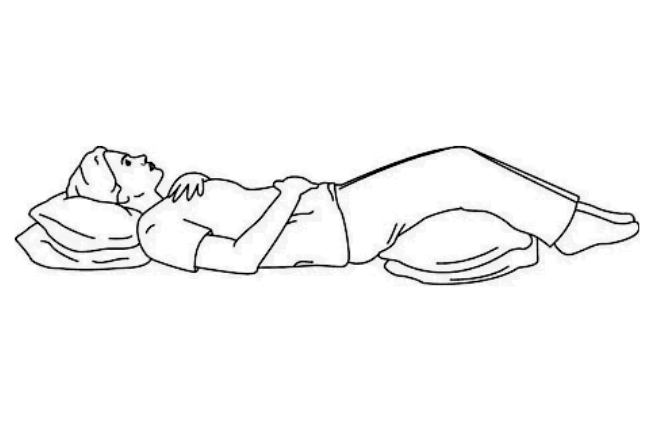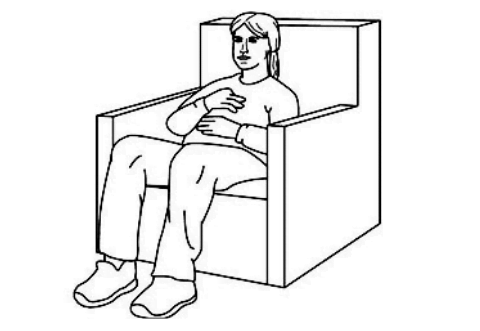
DESCRIPTION: A LIST OF PHYSICAL GROUNDING TECHNIQUES TO HELP ALLEVIATE ANXIOUS THOUGHTS
Grounding is a process of using mindfulness tools and exercises to arrive at a state of rest and calm. After experiencing trauma, it is common for a survivor-victim to have flashbacks, anxiety, disconnect from their environment, and feel at unease. At such points of unrest, grounding techniques may help them deal with their strong emotions.
Below is a list of physical grounding techniques that may help you move through distress. Each can be completed under 10 minutes. It is recommended that you find a well-ventilated and safe space to practice them.
1. The 5-4-3-2-1 Method
![]() describe 5 things you see
describe 5 things you see
![]() touch 4 things near you
touch 4 things near you
![]() describe 3 things you hear
describe 3 things you hear
![]() notice 2 things you can smell
notice 2 things you can smell
![]() notice 1 thing you can taste
notice 1 thing you can taste
Complete this exercise while paying attention to as much detail as possible. Each time you practice this, you may change your location. To make it challenging, you may stick to the same location till you can and not repeat anything you have previously listed.
2. Breathing Movements
You may pick the ones you want or practice all. Whatever you choose, practice these in a quiet space. Note that the breathing counts are not to be said out loud. Count in your mind and notice how that helps take attention away from your active thoughts.
 Count to 3 as you consciously inhale from your nose,
Count to 3 as you consciously inhale from your nose,
count to 3 as you consciously exhale from your mouth.
Repeat this 8 times.
 Lie down with one palm resting on your stomach, one palm on your chest, and feet relaxed. Count to 3 as you consciously inhale from your nose and raise your abdomen, count to 3 as you let the abdomen down and exhale from your nose. Repeat this at least 8 times.
Lie down with one palm resting on your stomach, one palm on your chest, and feet relaxed. Count to 3 as you consciously inhale from your nose and raise your abdomen, count to 3 as you let the abdomen down and exhale from your nose. Repeat this at least 8 times.
 Sit in a chair with back support with one palm resting on your stomach, one palm on your chest, and feet relaxed. Count to 3 as you consciously inhale from your nose and let your abdomen out, count to 3 as you take your abdomen in and exhale from your nose. Repeat this at least 8 times.
Sit in a chair with back support with one palm resting on your stomach, one palm on your chest, and feet relaxed. Count to 3 as you consciously inhale from your nose and let your abdomen out, count to 3 as you take your abdomen in and exhale from your nose. Repeat this at least 8 times.
3. Body Awareness
Each of the following is meant to engage your 5 senses of smell, touch, hearing, sight, and taste. You may pick the ones you want or practice all. Whatever you choose, please stop if they tire you. The goal here if for you to be aware of the movements and sensations your body is capable of producing.
- Put your hands in water. Note its temperature, how it feels against the tips of your finger and on your palms. Alternate between warm and cold water a few times.
- Wiggle your fingers and toes. Make a note of whether the movement is coordinated or random. Challenge yourself to start a pattern, perhaps by wiggling the right fingers and toes together then the left. Come up with at least 5 patterns.
- Pick up and hold 3 objects near you. Note their texture, the distinct colour shades, and if they have a distinct smell.
- Get up and slowly start walking. Challenge yourself to count your steps, note when you lose count and what your path looked like. You may also let a song you enjoy play in the background as you do this.
4. Physical Interruptions
Each of the following is meant to immediately distract your 5 senses of smell, touch, hearing, sight, and taste. In doing so, the goal here is to pull you out of flashbacks and dissociative episodes. You may pick the ones you want or practice all. Whatever you choose, please be kind to yourself and stop if uncomfortable.
- Hold a piece of ice, let it fall as it melts. Hold another piece, let it fall as it melts.
- Stomp your feet where you are, jump where you are. Stomp your feet again, jump again. Repeat this at least 5 times.
- Play out loud a song you enjoy and sing along. Alternatively, read out loud this poem about your nose.
- Spray a scent you enjoy around you.
Grounding techniques can be extremely helpful if done right. Try practicing the ones you prefer frequently. Please note that it is just as important, if not more, to identify and remedy the causes of the symptoms you are experiencing. Do not self-diagnose and do reach out to mental health professionals if symptoms affect your quality of life.